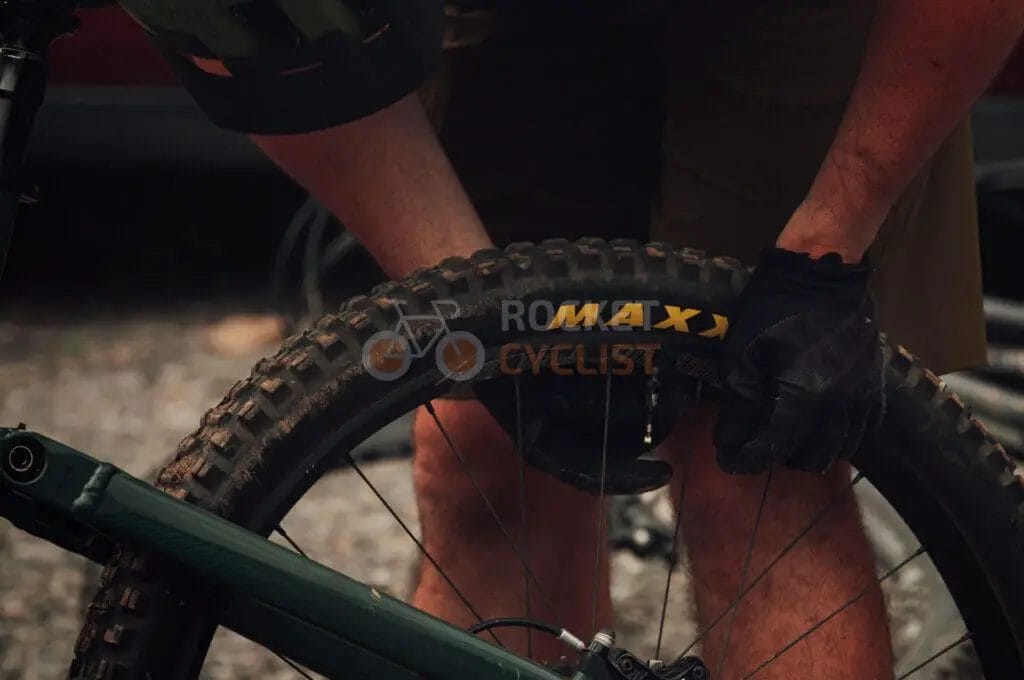Last Updated on February 9, 2024 by Vinson Lozano
Gravel biking is a thrilling adventure that takes you through some of the most scenic routes. However, it’s no secret that these bikes can get really dirty, really fast. Cleaning your gravel bike is essential to keep it in good shape and maintain its longevity.
In this article, we will guide you through the ideal cleaning routine for your gravel bike, what you need to clean it, and what not to do.
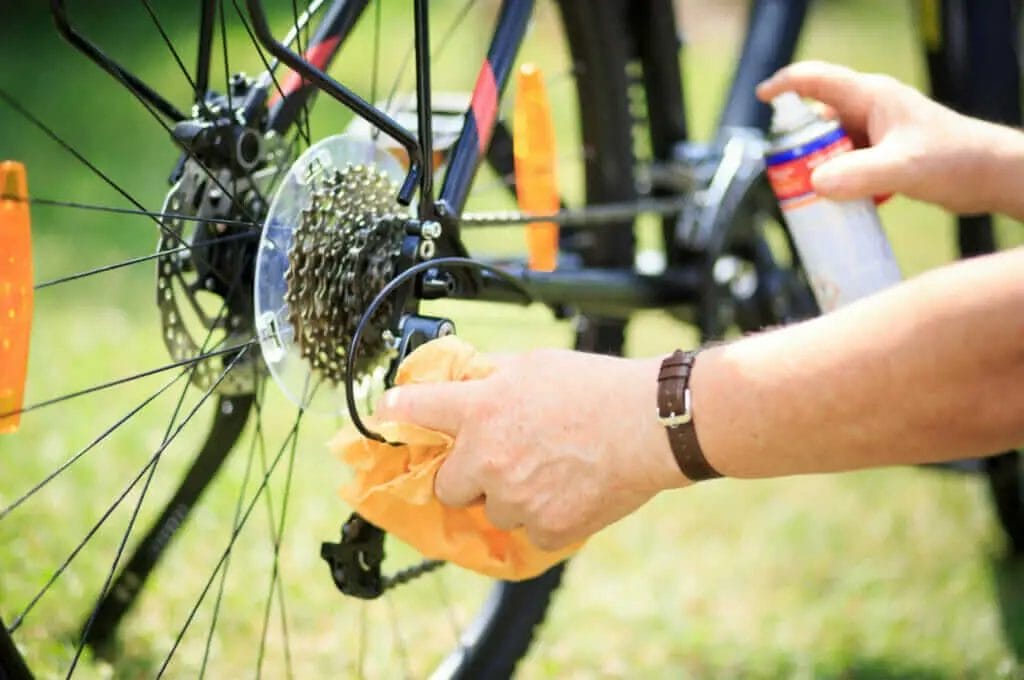
The ideal cleaning routine for gravel bike
Cleaning your gravel bike should be a regular routine to keep it in top shape. Ideally, you should clean your bike after every ride, especially if you’ve ridden through muddy or dusty terrains.
What do you need to clean a gravel bike?
- A bucket of water (warm water is best)
- Degreaser / Foam Degreaser
- Spray Bottle
- Soft-bristled brush (different sizes)
- Sponge
- Chain scrubber
- Clean rags or towels
- Chain lube or chain wax
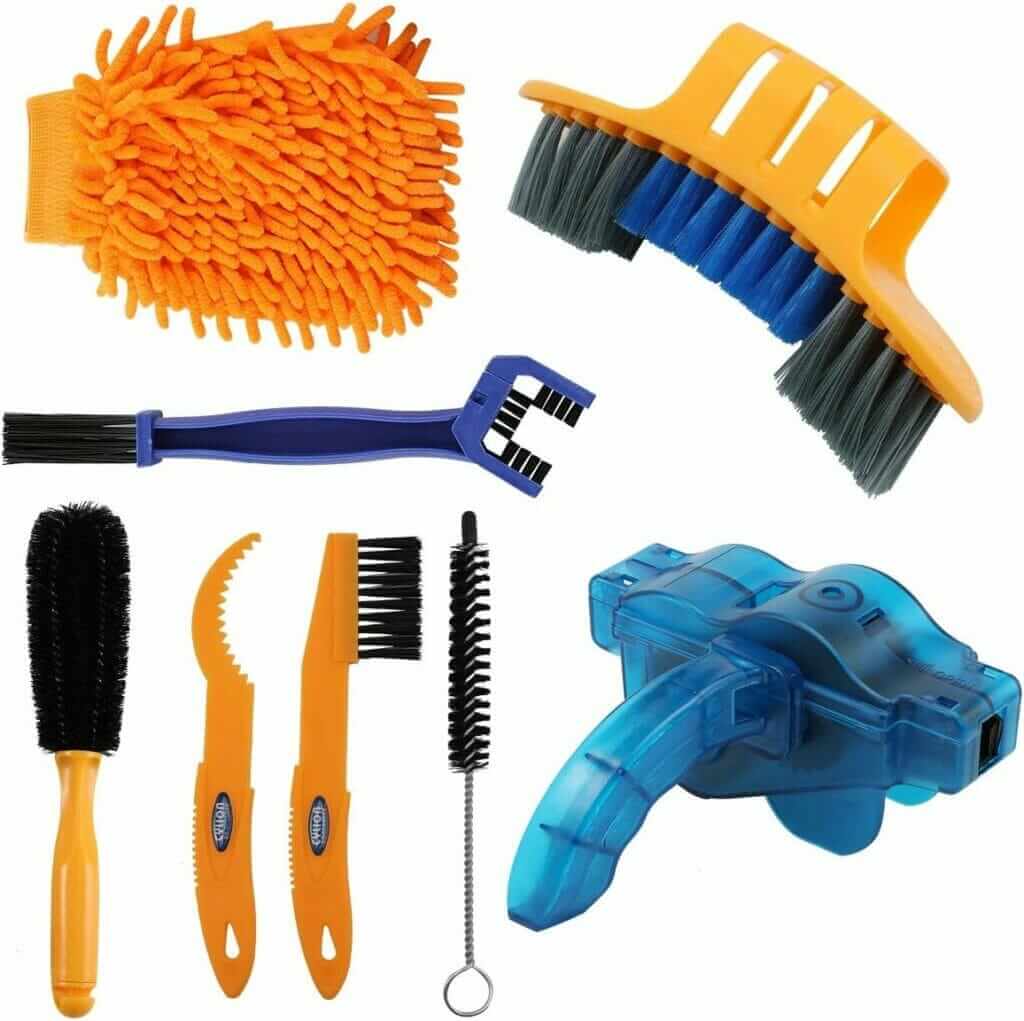
7 Steps to a Clean Gravel Bike
Step 1: Prepare the Bike for Cleaning. The first step in cleaning your gravel bike is to prepare the bike for cleaning. This involves removing any accessories or parts that might get damaged during cleaning.
This includes the saddlebag, bottle cages, and bike gadgets. Also, it is important to shift to the smallest sprocket and chainring to make cleaning the drivetrain easier.
Step 2: Rinse the Bike. The next step involves rinsing the bike with water to remove any loose dirt and debris. You can use a hose or a bucket of water for this. However, it is important not to use a high-pressure water jet as it can damage the bike’s bearings, seals, and components.
Step 3: Apply Bike Degreaser. Once the bike is rinsed, apply bike degreaser to the drivetrain, chain, and cassette.
Bike degreasers are specially designed to remove dirt and grime from the drivetrain and other components. You can spray it on using a spray bottle or directly apply it using a brush. Then wait for a couple of minutes before you start brushing your drivetrain components.
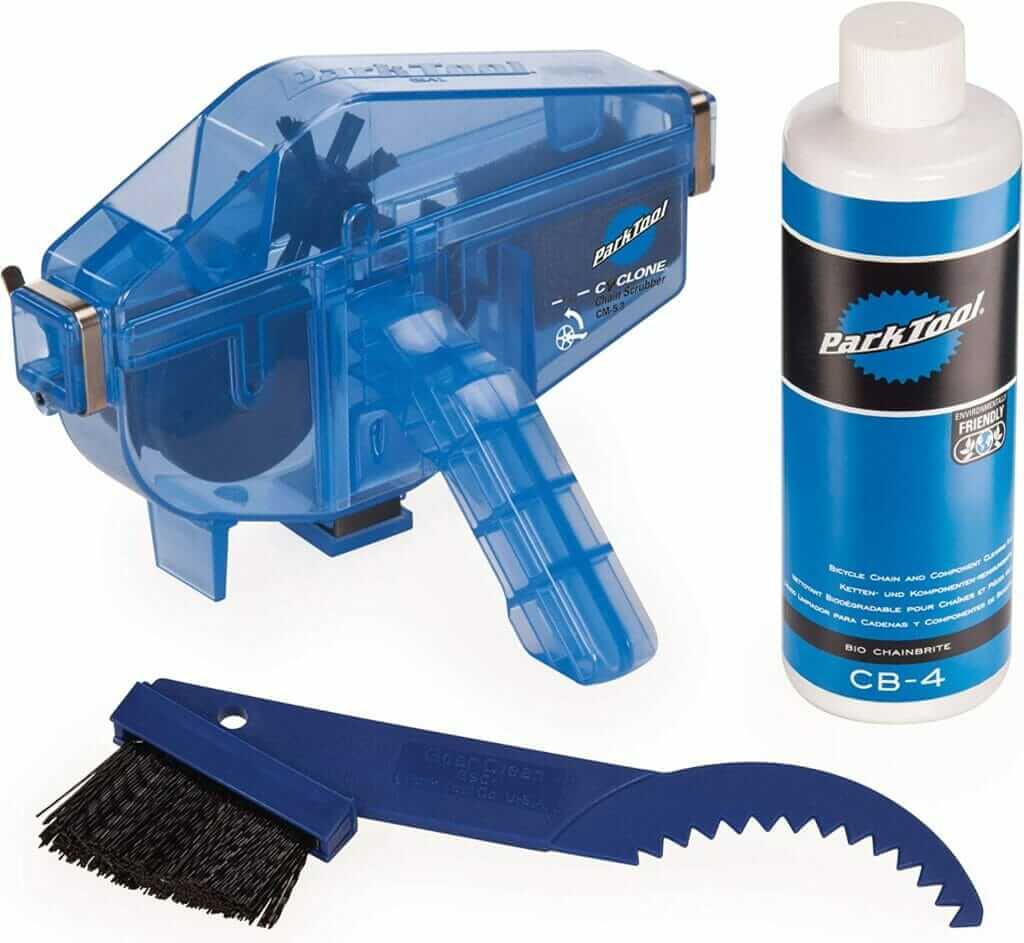
Step 4: Scrub the Bike. After applying the bike degreaser, it’s time to scrub the bike. You can use a soft-bristled brush or a sponge to scrub the bike’s frame, forks, wheels, and components. This helps to remove any dirt or grime that has stuck to the bike’s surface.
Step 5: Rinse the Bike Again. Once you have scrubbed the bike thoroughly, rinse it again with water to remove any remaining dirt and grime from the bike. Make sure to get all the nooks and crannies of the bike, including the drivetrain and the wheels. You can use a low-pressure water jet or a bucket of water for this.
Step 6: Dry the Bike. After rinsing the bike, it’s time to dry it. You can use a clean towel or a cloth to dry the gravel bike’s frame, forks, and components thoroughly. You can also use a handheld blower to dry your drive train, brakes, and other components that a normal drying cloth will not be able to go through. Make sure to dry the drivetrain and the wheels as well to prevent rusting.

Step 7: Lubricate the Bike. Once the bike is dry, it’s time to lubricate the drivetrain. You can use bike chain lubricant or chain wax to lubricate the chain, cassette, and derailleur. This helps to prevent rusting and ensures smooth shifting when riding the bike.
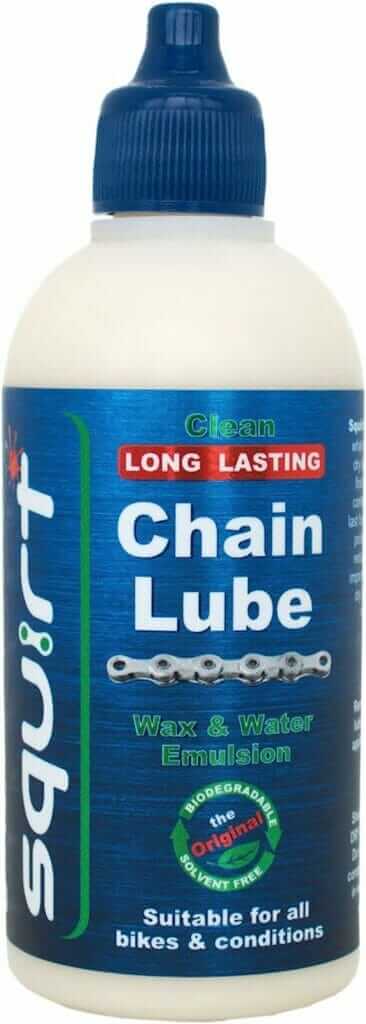
What not to do when cleaning a gravel bike

Here are five things to avoid when cleaning your gravel bike:
1. Don’t Use Harsh Chemicals: While it may be tempting to use a high-powered cleaning solution to get your bike sparkling clean, avoid using harsh chemicals as they can damage your bike’s paint job or strip away the lubricants on the chain.
2. Don’t Use a Pressure Washer: Using a pressure washer to clean your bike can force water and dirt into the bearings and other sensitive parts, leading to damage and wear over time.
3. Don’t Overuse the Hose: While a hose can be useful for washing away dirt and grime, avoid spraying water directly at your bike’s bearings, bottom bracket, and headset, as this can lead to damage and wear.
4. Don’t Forget to Lubricate: After cleaning your bike, make sure to lubricate the chain, derailleur, and other moving parts to ensure smooth operation and prevent rust.
5. Don’t Rush the Process: It’s important to take your time and do it properly. Rushing through the process can lead to missed spots and potential damage to your bike. By taking the time to thoroughly clean your bike, you can ensure that it runs smoothly and lasts longer.
Conclusion
Cleaning your gravel bike is an important aspect of bike maintenance that ensures optimal performance and longevity. The above steps will help you clean your gravel bike quickly and easily every time. Remember to clean your bike regularly, especially after a muddy or wet ride. Happy riding!


